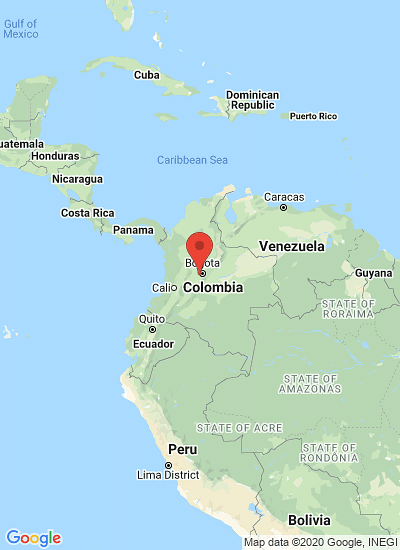Life in the countryside of Colombia is hard, literally;therefore it is necessary to design tools that improve farmer body positions during their daily tasks.
Holman Albarracín Pinzón, an industrial engineer of the UN Greenhouse and Plasticulture Technical Group (GTI, for its Spanish acronym) devised a papa criolla (Andean yellow potato/creole potato) harvester in order to avoid bad body postures.
He received help from ergonomic professionals, who carefully analyzed the way in which peasants use traditional tools.
They became aware that the superior limbs (right or left, as the case may be) are the most affected, as the hands, wrists, forearms and arms endure excessive and inadequate strain.
“We used a methodology where we link the whole standard engineering process taking into account the needs that the peasants told us, those not so obvious and the ones we saw”, says Albarracín.
During the development of the new tool, members of GTI informed the farmers of the progress of the design, with the purpose of manufacturing a product that would live up to everyone's expectations.
Holman explains that he didn’t want to build a completely different object, but one that would be easily accepted, due to the fact that adaptation of new technologies, how simple they may be even, is not achieved overnight.
The result was to manufacture a type of long shovel with an ergonomic handle, improving the grip and avoiding painful back positions for the user.
Another benefit is when the potato is harvested, the farmer will no longer have to leave in it on the soil while it is appropriately packaged, but it can easily be removed from the soil with the shovel and immediately stored in a burlap sack.
This responds to one of the market demands for good agricultural practices, assures John Fabio Acuña, GTI Director and Professor of the Department of Civil and Agricultural Engineering.
"The Colombian agricultural business is full of these types of practical solutions, which make the industry more competitive in the world scenario. In this case, we want farmers to develop a sense of ownership of the tool and for entrepreneurs to manufacture it”, adds Mr. Acuña.





